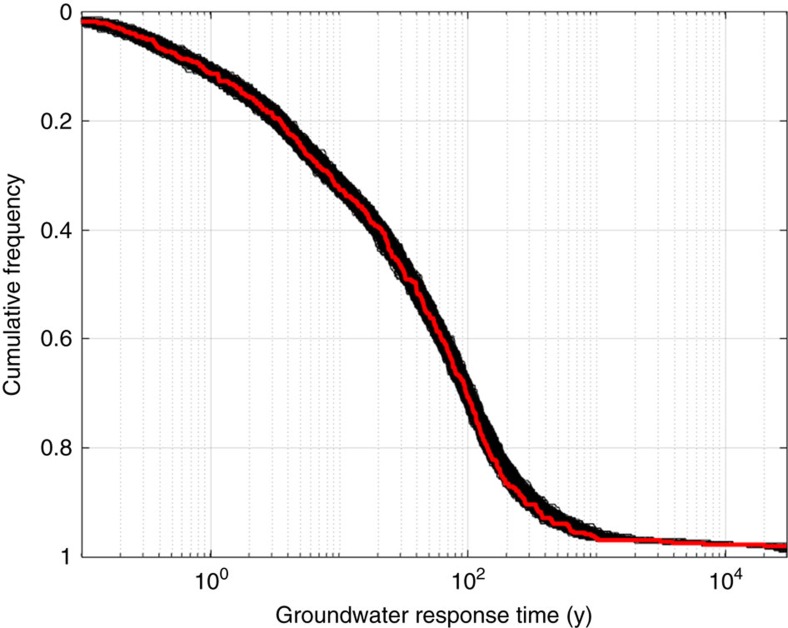Figure 4. Cumulative frequency distribution of groundwater response times for 10,000 Monte Carlo realizations indicates that the combined parameter uncertainty in the CDF of modelled spring longevity across the EARS is ±5%.
The result using an average set of parameters (plotted in red) is superimposed on all other realizations (plotted in black). The maximum spread occurs at the steepest part of the curve for groundwater response times of 100–200 years. Since groundwater response times vary by five orders of magnitude, changes in groundwater response times can have more impact on spring persistence than changes in recharge. However, only a small amount of recharge is needed to maintain flow to a spring; for example, a recharge of just 1 mm y−1 over an area of 1 km2 could maintain flows of 1,000 m3 y−1. Therefore, while a small amount of recharge is a necessary, but not always sufficient, condition for a persistent spring, the geological and topographical characteristics of the EARS are also fundamental controls.

